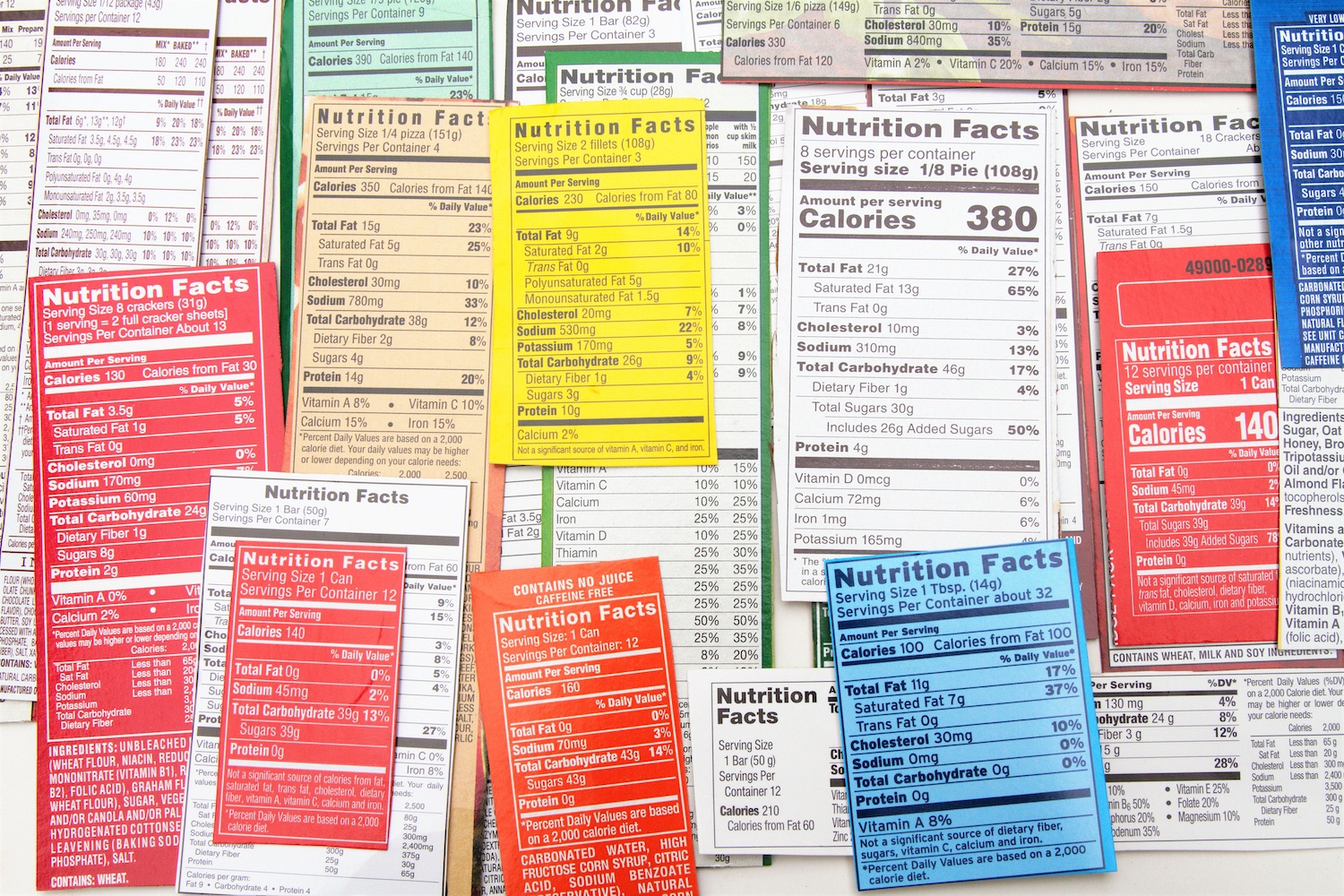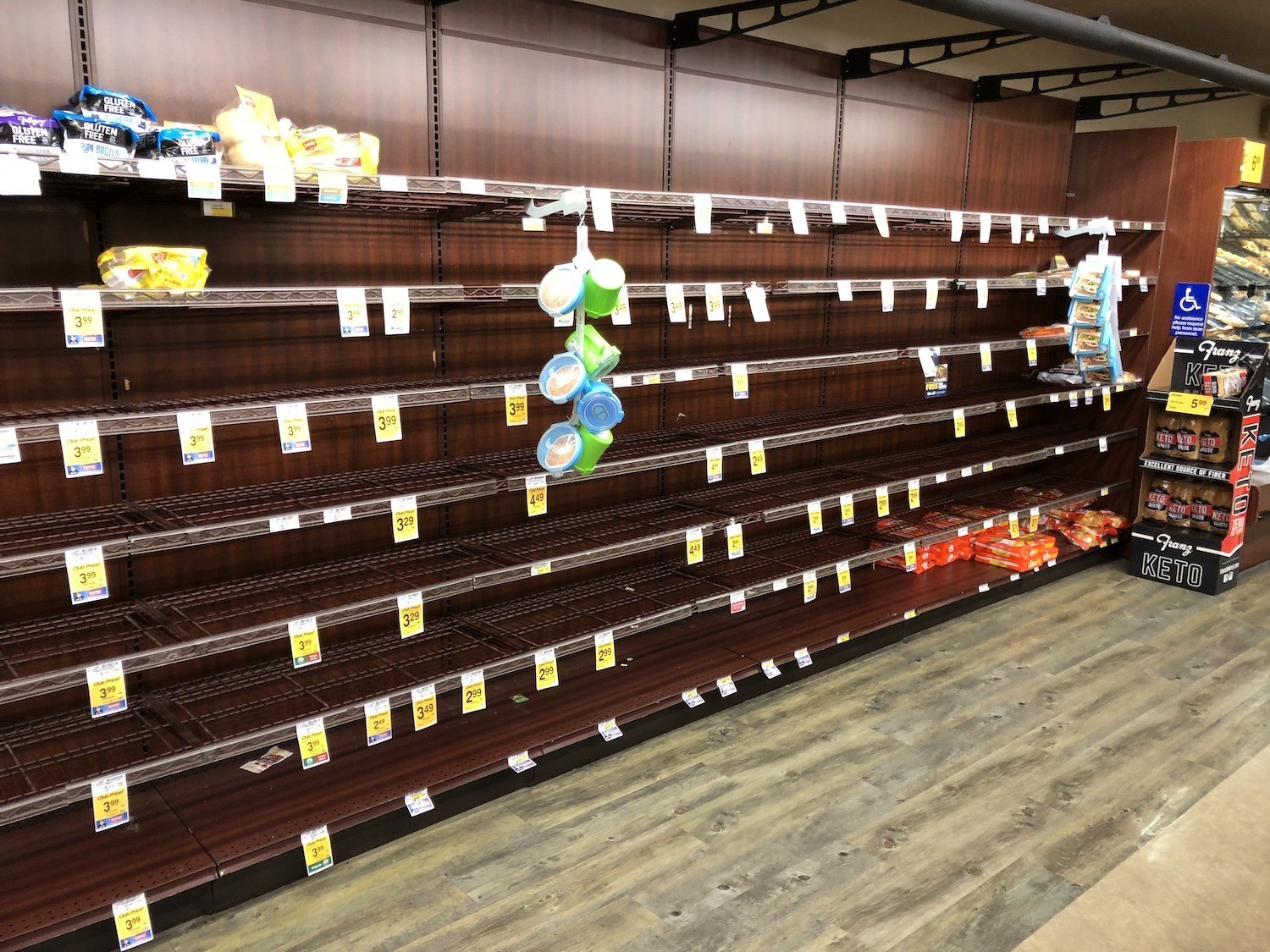How companies’ aversion to low-inventory warehouses failed us during the pandemic
Yes, the supply chains that ferry food ingredients and consumer goods across the globe are vast and sophisticated. But they’re sure not resilient—and that’s by design. As The New York Times explains, many of the past year’s disruptions stem from issues with “Just In Time” production, a widespread low- or no-inventory approach to manufacturing. First developed by Toyota in post-World-War-II Japan, Just in Time typically means taking in parts only as they’re needed while fulfilling orders as quickly and nimbly as possible. This strategy requires enormous stability—a single missing part can throw everything out of whack—but it can be also environmentally efficient and hugely profitable, since it skimps on labor and warehousing costs. That’s why companies aren’t likely to turn away from Just In Time methods, even though they’ve proven to be woefully inadequate in a crisis. Times of turmoil come and go, but the allure of cost-cutting? That lasts forever.


